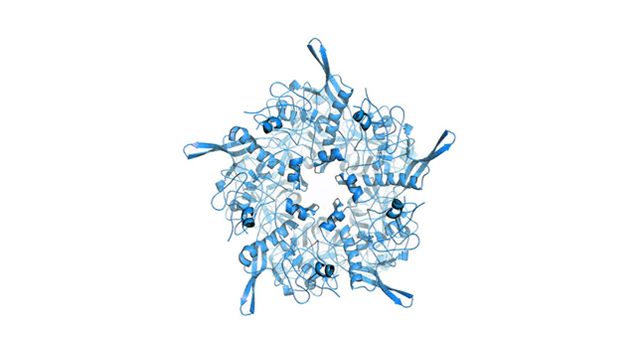The company has announced the results of two phase III clinical trials assessing Zubsolv for induction of buprenorphine maintenance therapy in patients with opioid dependence.
Combined data from the Induction, STabilization, Adherence and Retention Trial (ISTART) (Study OX219-006) and Study OX219-007, in 1068 opioid dependent patients, showed that over 90% of patients treated with Zubsolv were retained in treatment at Day 3 using a 30% lower dose of buprenorphine.
The two studies had similar structure during the three-day induction phase to enable a combined analysis of the induction results, with the ISTART being the most important contributing with 70% of the patients. According to Orexo, these results enable the company to pursue a regulatory submission of an expanded label of Zubsolv to include initiation of treatment in the US.
An analysis of the combined data from the ISTART and OX219-007 studies found no difference when comparing Zubsolv and generic buprenorphine monotherapy when used as treatment for the induction of buprenorphine maintenance therapy. In the combined per protocol set, 92.3% (422/457) of patients in the Zubsolv group were retained in treatment at Day 3 compared to 93.4% (424/454) of patients receiving generic buprenorphine (p=0.54). Similar results were observed in the combined full analysis set where 90.9% (489/538) of patients in the Zubsolv group were retained at Day 3 compared to 92.6% (491/530) generic buprenorphine group (p=0.30).
“These results support that Zubsolv is effective as an induction treatment for patients entering recovery from opioid dependence,” said Michael Sumner, Chief Medical Officer of Orexo. “These two studies represented the largest clinical trial program ever conducted with buprenorphine in addiction medicine. When you look at the combined results, over 90% of patients were retained during the induction phase and patients demonstrated a clinical response to treatment that continued to the end of the study. These studies also establish that precipitated withdrawal is not a common occurrence in patients treated with Zubsolv as an induction therapy.”
The co-primary endpoint of the large ISTART trial (758 patients) compared retention in treatment at Day 3 in patients receiving Zubsolv and generic buprenorphine monotherapy. There were no differences in retention at Day 3 in the per-protocol [Zubsolv arm: 93.3% (309/329); generic buprenorphine arm: 92.6% (302/326); p=0.512] or full analysis set [Zubsolv arm: 93.2% (357/383); generic buprenorphine arm: 91.7% (344/375); p=0.440]. Clinically and statistically significant improvements were observed in Clinical Opiate Withdrawal Scale (COWS), Subjective Opiate Withdrawal Scale (SOWS), and opioid cravings VAS (Visual Analogue Scale) total scores.
In the smaller study OX219-007 (310 patients) Zubsolv was assessed for induction of buprenorphine maintenance therapy compared to generic buprenorphine monotherapy. In the per-protocol set, 91.8% (235/256) of patients were retained at Day 3 [generic buprenorphine group: 95.3% (122/128); Zubsolv group: 88.3% (113/128); p=0.040]. In the full analysis set, 90.0% (279/310) of patients were retained at Day 3 [generic buprenorphine group: 94.8% (147/155) Zubsolv group: 85.2% (132/155); p=0.005]. Clinically and statistically significant improvements were seen from baseline throughout the study on COWS, SOWS, and Craving VAS scores for patients in both randomized groups. In addition, improvements in these scores during the blinded phase demonstrated no clinical difference between products. Overall, Zubsolv exhibited a solid safety profile and was well-tolerated in the majority of patients. No significant differences were observed between the safety profiles of Zubsolv and generic buprenorphine during blinded induction phase.
Source: Orexo







